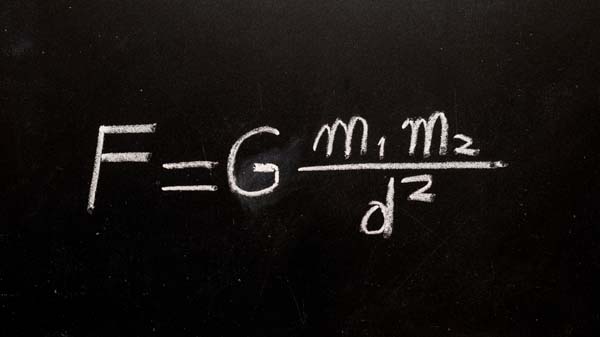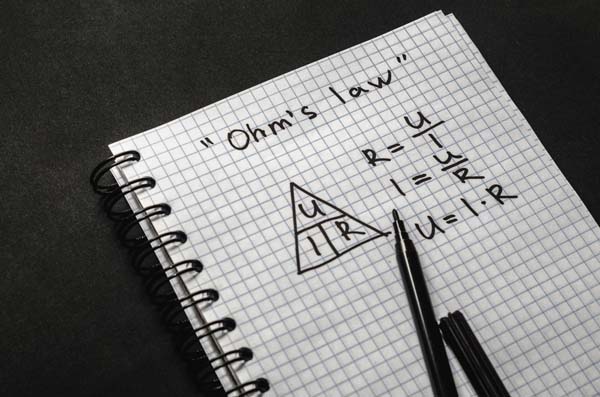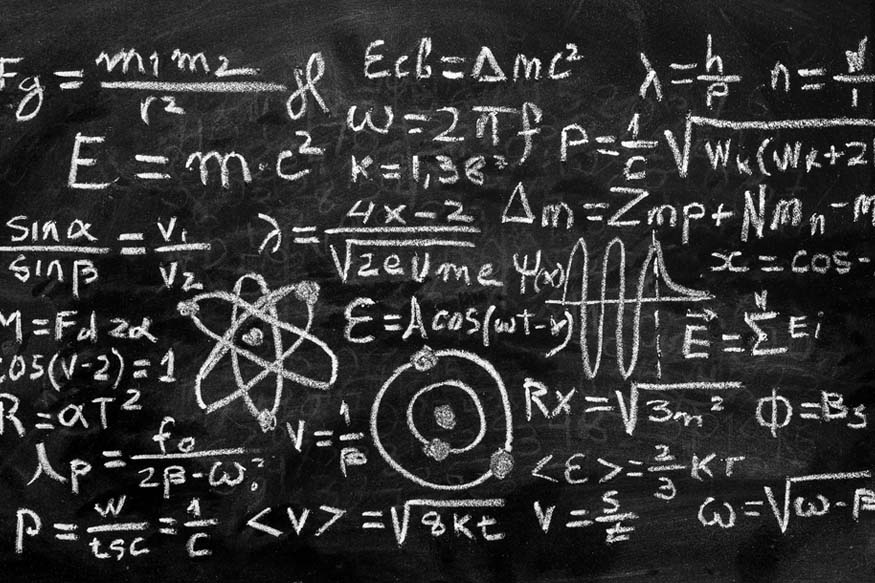Physics is all around us, from how we walk to how the planets move. One way to understand the world of physics is through formulas. These formulas help explain how different elements of the world work.
In this blog, we’ll cover 15 basic physics formulas and give examples of questions related to them. These formulas are useful for students at any level and are commonly used in school physics classes.
- Newton’s Second Law of Motion
- F = force (in newtons)
- m = mass (in kilograms)
- a = acceleration (in meters per second squared)
- Gravitational Force
- F = gravitational force (in newtons)
- G = gravitational constant (6.674×10−11 Nm2/kg2)
- m1,m2 = masses (in kilograms)
- r = distance between the masses (in meters)
- Work Done
- W = work (in joules)
- F = force (in newtons)
- d = distance (in meters)
- Kinetic Energy
- KE = kinetic energy (in joules)
- m = mass (in kilograms)
- v = velocity (in meters per second)
- Potential Energy
- PE = potential energy (in joules)
- m = mass (in kilograms)
- g = acceleration due to gravity (9.8 m/s)
- h = height (in meters)
- Power
- P = power (in watts)
- W = work (in joules)
- t = time (in seconds)
- Speed
- v = speed (in meters per second)
- d = distance (in meters)
- t = time (in seconds)
- Acceleration
- a = acceleration (in meters per second squared)
- Δv = change in velocity (in meters per second)
- t = time (in seconds)
- Momentum
- p = momentum (in kilogram meters per second)
- m = mass (in kilograms)
- v = velocity (in meters per second)
- Ohm’s Law
- V = voltage (in volts)
- I = current (in amperes)
- R = resistance (in ohms)
- Coulomb’s Law
- F = force (in newtons)
- k = Coulomb’s constant (8.99×109 Nm2/C2)
- q1,q2 = charges (in coulombs)
- r = distance between charges (in meters)
- Frequency of a Wave
- f = frequency (in hertz)
- T = time period (in seconds)
- Density
- ρ = density (in kilograms per cubic meter)
- m = mass (in kilograms)
- V = volume (in cubic meters)
- Pressure
- P = pressure (in pascals)
- F = force (in newtons)
- A = area (in square meters)
- Wave Speed
- v = wave speed (in meters per second)
- f = frequency (in hertz)
- λ = wavelength (in meters)
Formula:
F=ma
Where:
Example Question:
A car with a mass of 1,000 kg accelerates at 2 m/s². What is the force acting on the car?
Answer:
F=1,000×2=2,000 N
Formula:
F=Gm1m2/r2
Where:
Example Question:
What is the gravitational force between two objects with masses of 10 kg and 20 kg that are 5 meters apart?
Answer:
F= (6.674×10−11)×10×20/52 ≈5.3392×10−10 N

Formula:
W=Fd
Where:
Example Question:
A force of 50 N moves an object 10 meters. How much work is done?
Answer:
W=50×10=500 J
Formula:
KE=1/2mv2
Where:
Example Question:
What is the kinetic energy of a 2 kg object moving at 3 m/s?
Answer:
KE=1/2×2×32=9 J
Formula:
PE=mgh
Where:
Example Question:
What is the potential energy of a 5 kg object that is 4 meters above the ground?
Answer:
PE=5×9.8×4=196 J
Formula:
P=Wt
Where:
Example Question:
If 500 J of work is done in 10 seconds, what is the power?
Answer:
P=500/10=50 W

Formula:
v=d/t
Where:
Example Question:
If a car travels 100 meters in 5 seconds, what is its speed?
Answer:
v=100/5=20 m/s
Formula:
a=Δv/t
Where:
Example Question:
If a car’s velocity changes from 0 m/s to 20 m/s in 4 seconds, what is its acceleration?
Answer:
a=20−0/4=5 m/s2
Formula:
p=mv
Where:
Example Question:
What is the momentum of a 10 kg object moving at 3 m/s?
Answer:
p=10×3=30 kg m/s
Formula:
V=IR
Where:
Example Question:
What is the voltage across a circuit with a current of 2 A and resistance of 5 Ω?
Answer:
V=2×5=10 V

Formula:
F=kq1q2/r2
Where:
Example Question:
What is the force between two charges of 1 C each, separated by 1 meter?
Answer:
F=(8.99×109)×1×1/12=8.99×109 N
Formula:
f=1/T
Where:
Example Question:
What is the frequency of a wave with a time period of 0.5 seconds?
Answer:
f=1/0.5=2 Hz
Formula:
ρ=mV
Where:
Example Question:
What is the density of an object with a mass of 10 kg and a volume of 2 m³?
Answer:
ρ=10/2=5 kg/m3

Formula:
P=F/A
Where:
Example Question:
What is the pressure exerted by a force of 200 N on an area of 5 m²?
Answer:
P=200/5=40 Pa
Formula:
v=fλ
Where:
Example Question:
If a wave has a frequency of 10 Hz and a wavelength of 2 meters, what is its speed?
Answer:
v=10×2=20 m/s
Conclusion
These 15 basic physics formulas are the foundation for understanding more complex concepts. By practising these formulas and applying them to different problems, students can develop a strong grasp of physics.
At Centre Point School, students are taught such essential topics in a structured way, helping them build a solid foundation in physics while nurturing their curiosity for the subject.





